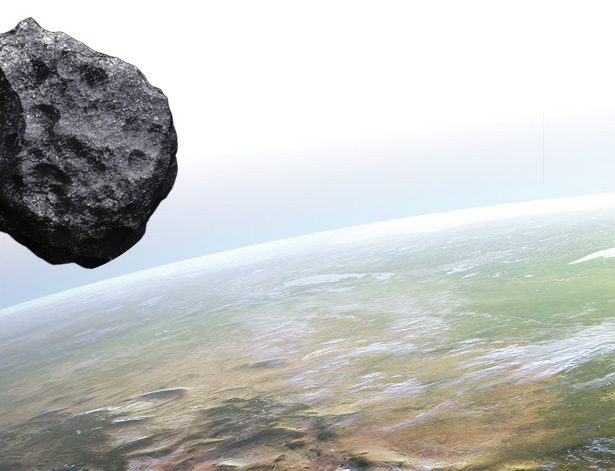
[dropcap]With[/dropcap] a population of only 200 people, Ames, Oklahoma may have more oil per capita than any other place on Earth. The city sits on the edge of the Ames crater, an unusual formation that is home to the most prolific oil wells in Oklahoma. A single well, one of many in the crater, was producing 200 barrels of oil each hour when first struck. It was a gusher ten times over.
The entire story is memorialized at the Ames Astrobleme Museum, a small cinder-block structure with panels and a video that tell the story of what the locals call “Ames Hole.” It’s open and accessible 24/7. The richness of the crater was discovered by Continental Resources and its CEO, Harold Hamm, the museum’s primary benefactor.
[pullquote]The original oil well they drilled in that crater was one of the most prolific oil and gas wells ever formed in Oklahoma,”[/pullquote]“I’m from the Ames area,” says Bert Mackie, museum volunteer and amateur geologist. “People started asking me about this amazing well being right there. People started asking about the meteor. So I got with Mr. Hamm and asked if he could lend me some of his geologists to come up with a billboard on each side of Ames to explain what happened. And Mr. Hamm, always thinking bigger than I, said, ‘Build a museum.’”
Nobody officially tracks the museum’s attendance, but school buses can be seen rolling up to it every weekday, and there always seems to be a small crowd there. This is, after all, at eight miles wide and two miles deep, one of the largest astroblemes in the world. It’s also the only museum in the world devoted to an oil crater.
Continental Resources drilled the first well in the crater in 1991. The results were amazing and merited further investigation. The company started with some seismic work and followed up by tunneling down through the soil. It discovered the meteor that started it all, roughly 1,000 feet in diameter.
“Some people thought it was an extinct volcano, but they pretty soon realized that material from outer space was there and that it had to be a meteor crash,” says Mackie.
When it hit 450 million years ago at roughly 75,000 miles per hour, the meteor turned over the soil (and the sea, as the area was still underwater), somehow creating a more oil-rich region.
The museum, Mackie says, is worth seeing.
“The original oil well they drilled in that crater was one of the most prolific oil and gas wells ever formed in Oklahoma,” he says. “It produced about 200 barrels an hour. I don’t know what it’s producing today, but it’s still going strong. All around that crater there are many good wells. They’ve found some major strikes in that area. They’re projecting that they’ll bring about 25 million barrels of oil out of that crater and about 100 billion cubic feet of natural gas.”gas.”


























